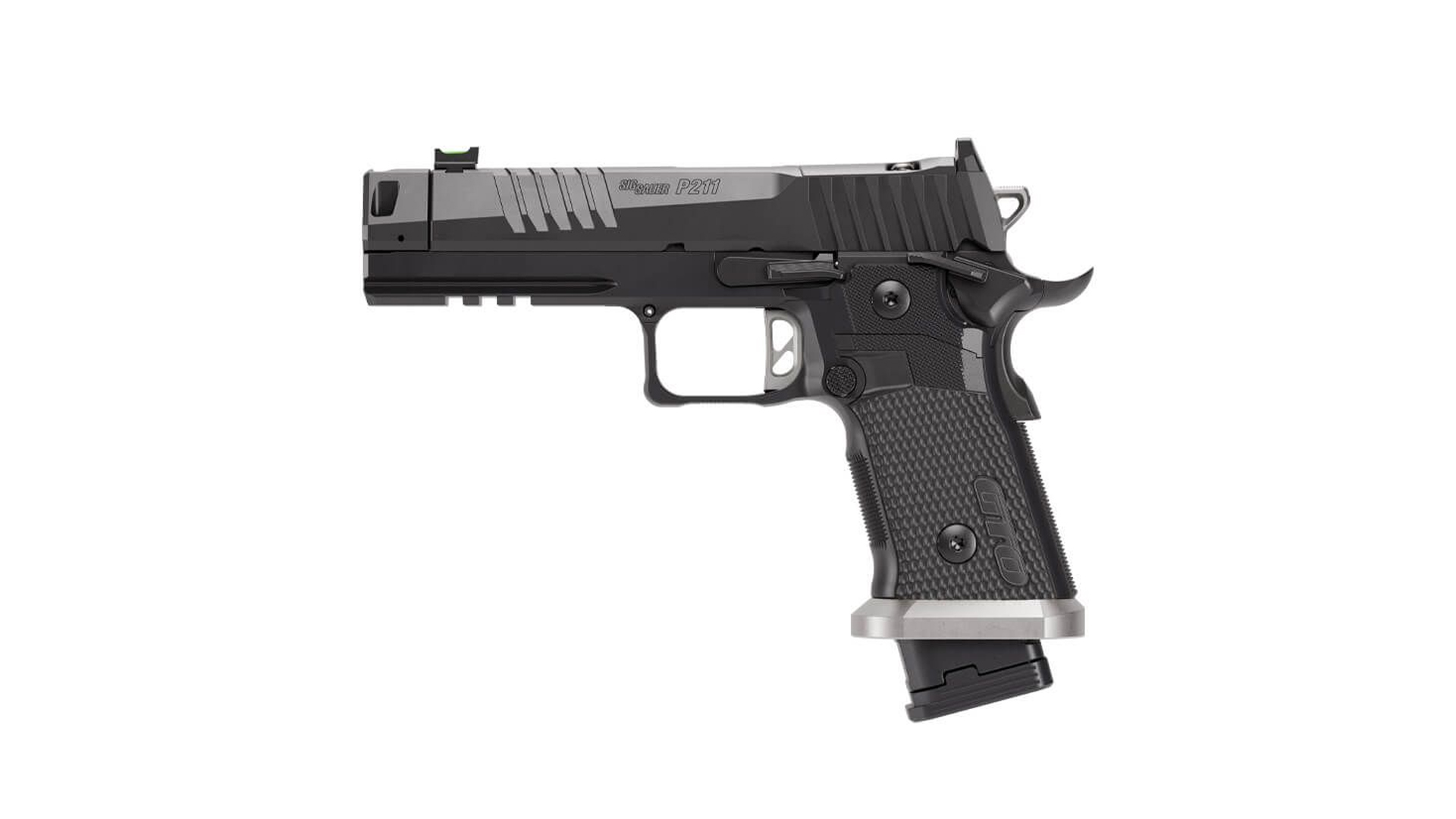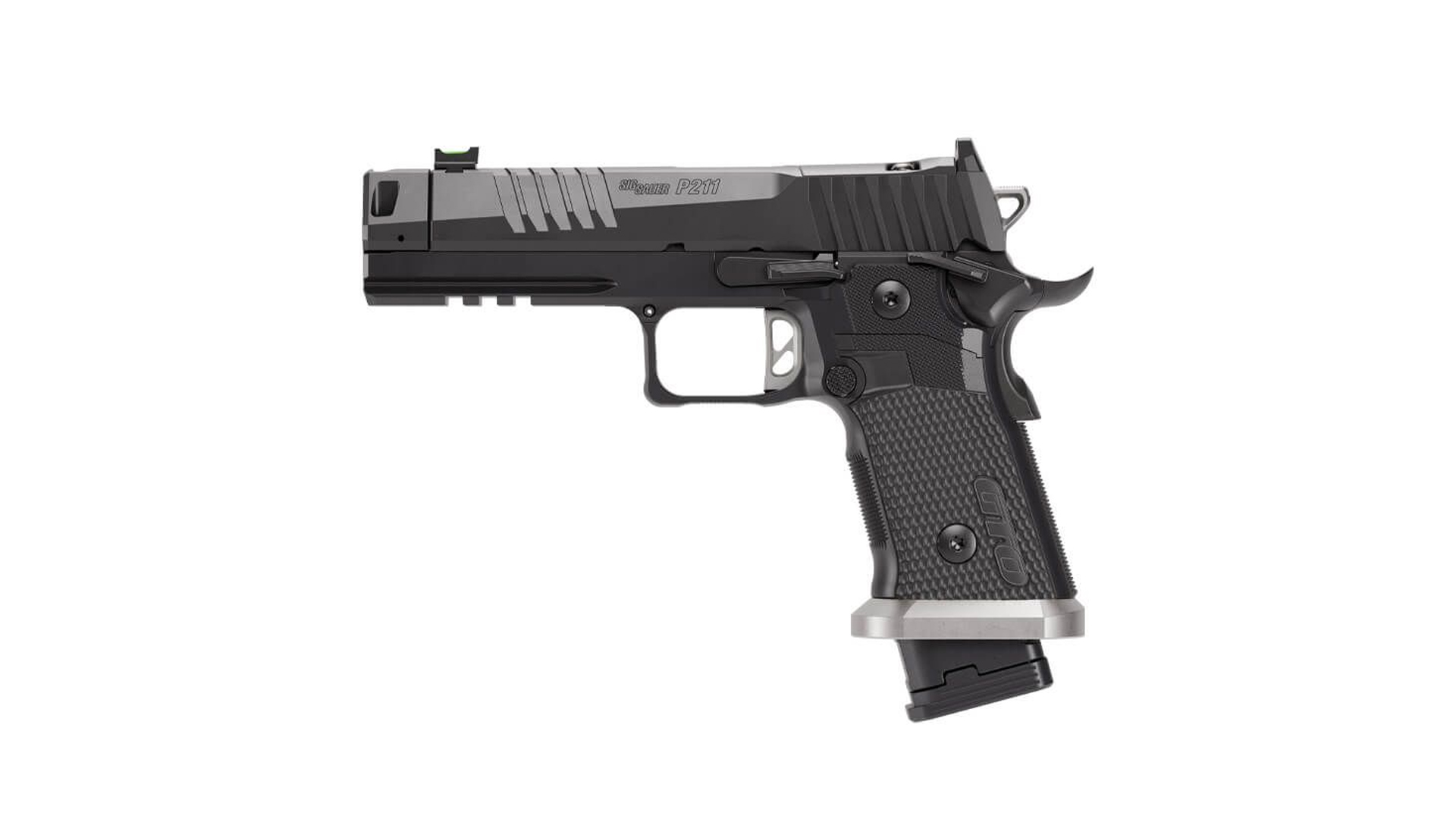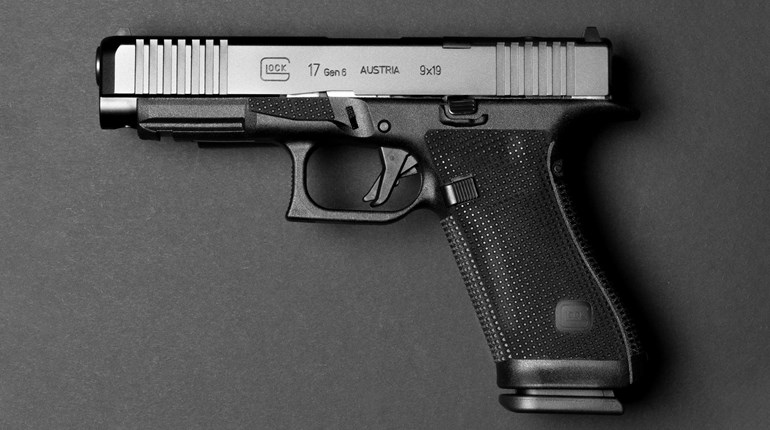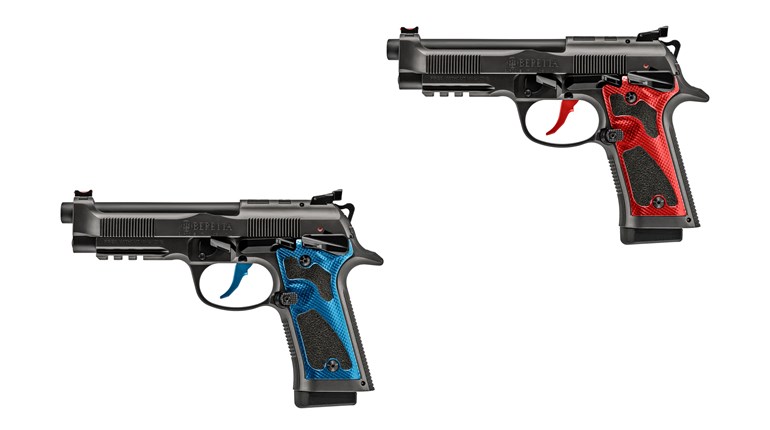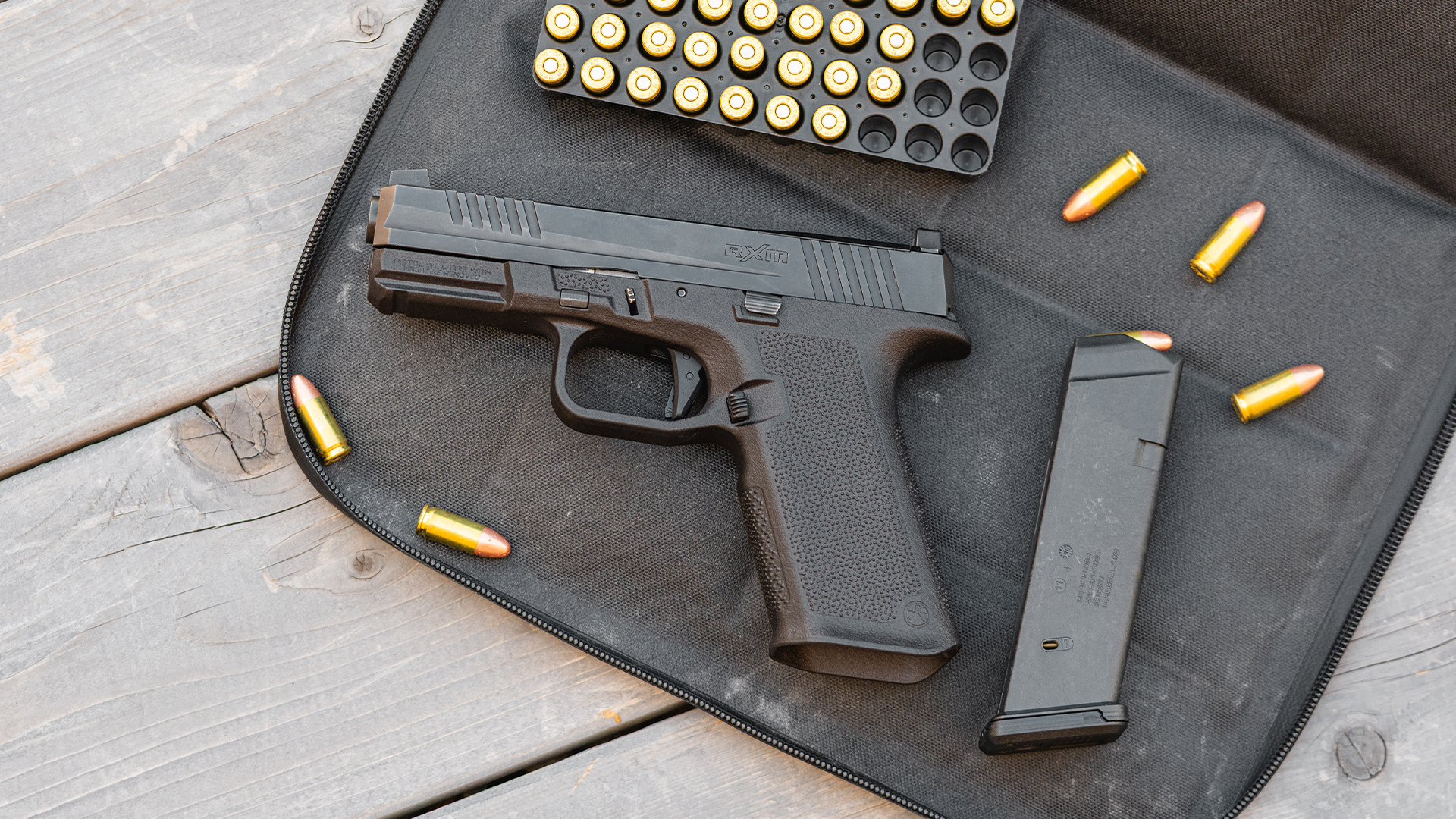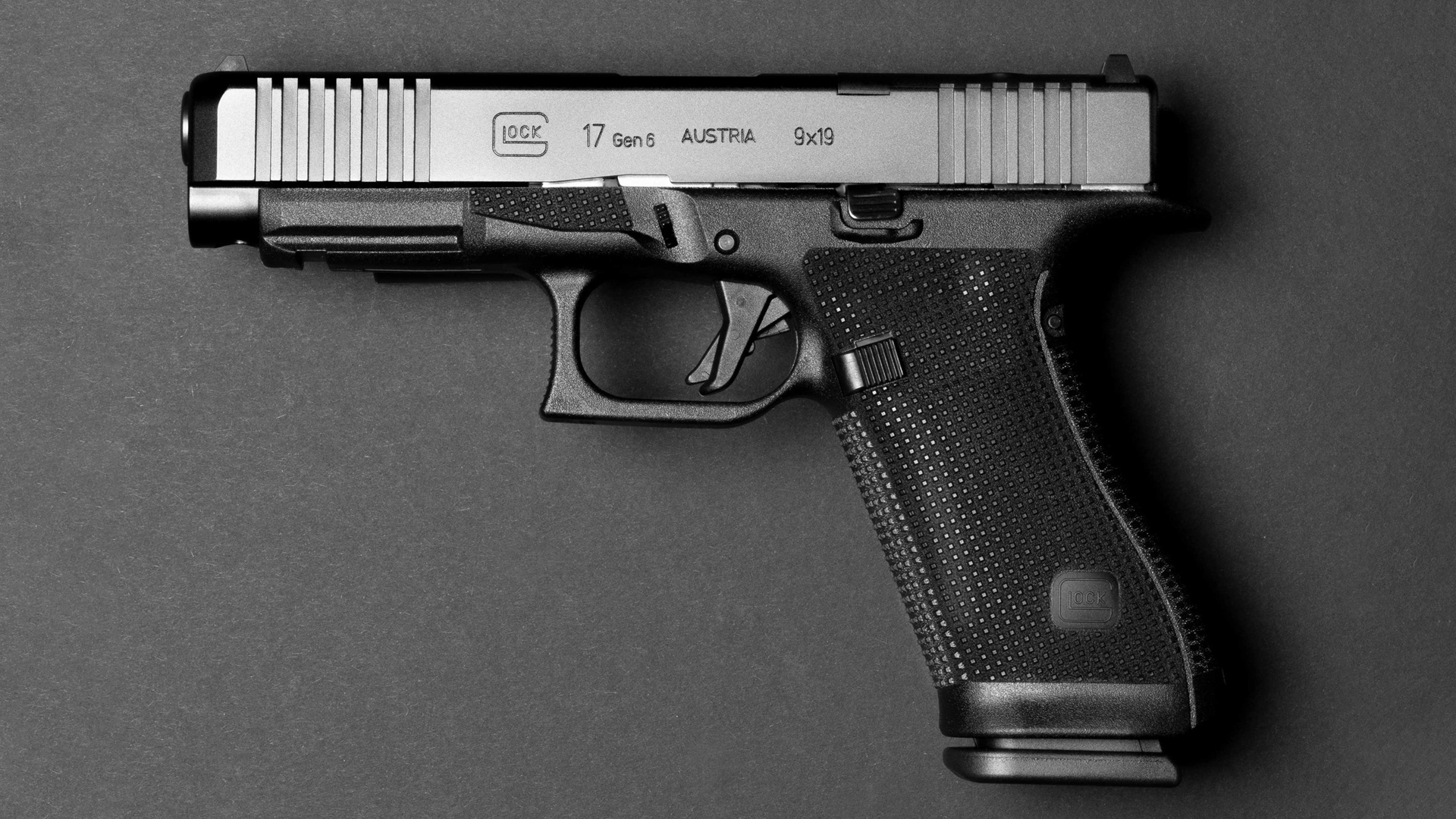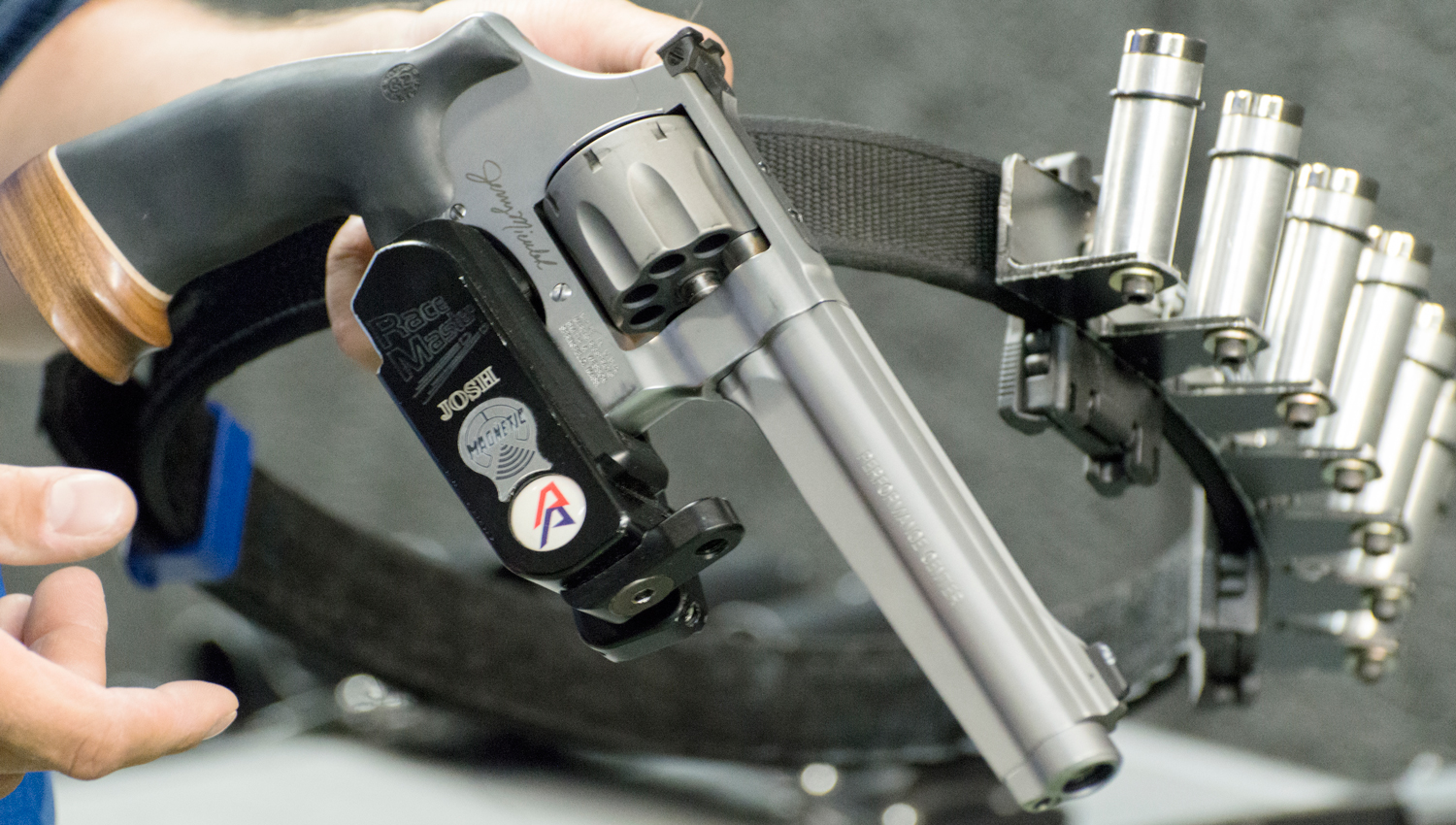
In August, Team Smith & Wesson shooter Josh Lentz shared five of his top tips for revolver competition with SSUSA. Josh had more shooting knowledge to share with our readers, so read on for five more tips for better revolver competition.
1) Speed Loaders
Revolvers such as a .357 or a .38 special are usually loaded via speed loader. An essential tool every competitor needs for using speed loaders is a loading block. With a loading block you have to physically put rounds in the block.

I use a Smith & Wesson 686 L-frame revolver, using Safariland speed loaders that are specifically designed for this gun. I have a Comp 3 Safariland, which you have to push down and twist when loading them. It’s not a complete package, so each one comes in and out of the gun separately. However, the disaster factor on speed loaders is a bit higher too because sometimes you get a hanger, meaning one doesn’t come all the way out or one doesn’t go all the way in. You could also miss the cylinder and also line up two and the speed loader will go off.
Thus, the speed loader division can be a bit harder. When it’s loaded, you want to have the gun down and then just push the rounds in. Luckily, these are spring loaded so it’s going to automatically go in. You don’t have to twist the speed loader or do anything, you just push them in there. So with a speed loader, it’s going to come out independently and you will have speed loaders and brass all over the range.
However, if you don’t have a loading block at the match, an easy way to load is to just steadily place them in, twist, turn and you are ready to go again. Both speed loaders and moon clips are reusable, you just have to load them back up, which is the beauty of it. They are sort of like a magazine for a revolver.
Additionally, you will want your belt to work well with a speed loader. I like the Tek Lok system. I can just open up the Tek Loks and take off my holder. When using a 686 for speed loaders, and I want to go to moon clips, all I have to do is open up the Tek Loks, put them on, and close them up. With the Tek Loks, you essentially have one belt for a variety of guns, a very simple, yet very effective design.

North Mountain makes a great speed loader holder that holds the rounds very secure. I’ve been using this one for years with no complaints. My favorite feature is if you push down, it’s not going to release the speed loaders, so you have nothing to worry about.
Finally, with speed loaders you use a chamber checker like you would if you were shooting an auto. Every one of them will go singly into the chamber checker; you just dump one out, and put one in, just like you would if you chamber check your automatic ammo.
2) Moon Clips
Personally, I like to have my moon clips loaded before I go to a match, because I want to concentrate on the stages and performing well, not reloading moon clips. Taking care of this chore prior to the match makes the overall result a little bit more enjoyable.
A moon clip is a small package that goes into the revolver as one package and when you eject it, it comes out as one package. Dating back to the 1930s, the moon clip itself is just a piece of spring steel that is stamped to make the product. Any rimless cartridge, whether it be 9 mm or .45 ACP needs a moon clip.

Unfortunately, moon clips tend to get bent from getting stepped on. In order to check them before loading there are moon clip checkers. Before the moon clip goes into my gun at a competition, I like to physically check it. There is a checker that is the same dimension as the cylinder, so you can do it safely at the range if you have to. If the moon clip goes into the checker, it’s going to go into the cylinder.
However, some moon clips are harder to load than others. Several companies, such as TK Custom actually make a tool called a moon clip mooner to help with loading. Simply put the moon clip in, work it around and click it in. It really saves the hands and loads pretty quickly too once you get a rhythm going.

When the moon clip goes into the gun, it comes out empty. In order to get the moon clips out they make a tool called a de-mooner. Stick the de-mooner in there and twist.
Therefore, the essentials to a moon clip are the moon clip mooner, the checker and the moon clip de-mooning tool. So as you can tell, there are a lot of pieces for a moon clip unlike speed loaders where all you need is a loading block which you actually don’t even need because you can just put them in.
In addition, there are moon clip holding devices out on the market. I use magnetic ones for Steel Challenge or other falling steel events because I’m not moving, I’m just standing there and shooting. They just go on and are held by magnets.

Another type is the North Mountain or post design, which I have been using for a while. This design won’t come off whether I’m moving and shaking during a match; it is very secure. This holder can be a little bit slower, but you must ask yourself a question: Do you want to risk it all for a faster reload and have some moon clips fall off or do you want to have everything secure for a slightly slower reload? Both of the holders that are pictured are very effective and are great options.
3) Holsters
There are different kinds of holsters in the revolver game. Basic ones made out of simple kydex plastic are available online for around $60. The beauty of these holsters is they are very safe and your gun can not possibly be knocked out or come out prematurely. However, they’re not as fast as other holsters, such as race holsters. With a kydex holster, for example a CompTac, you actually have to come up two and one-half to three inches to get the gun out so it clears. These holsters are great for new shooters and are great entry level holsters. Kydex holsters or outside the waistband holsters are a favorite for IDPA Matches and can be used in NRA Bianchi Cup Production division.

On the other hand, with a race holster, the gun has minimal support, but will come out easily and really fast even with the locking mechanism. However, it’s a little bit more expensive at about $200, but it’s just as quick and just as smooth. A race holster is ideal for Steel Challenge, IPSC, USPSA and Bianchi Cup, etc. Therefore, you’ll see more race holsters at the Steel Challenge because you end up drawing from the holster over thirty times at that match. One quarter second is going to add up really quickly in some shooting disciplines. Thus, only some people use them for IPSC and USPSA competition, because they use the same holster for everything. It’s really the shooter’s preference of what they want to get.
Additionally, you have to have a lock on a race holster. Once the lock is on, the gun is not coming out. But once the lock comes off, the gun can come out, and that’s the danger of the race holster. You have to be very conscious of the lock, but once you get used to it the draw is super quick. You don’t have to clear anything. You only have to come up one-quarter inch to get the gun out.
4) Ammunition
In serious competitive shooting, always remember the match starts at the reloading bench. It doesn’t start when you get there. The match already started when you were loading the ammo because you have to make sure the ammo is going to go off 100 percent of the time.
One thing about my revolvers is I have a 6 lb. trigger pull, so I have to be especially careful with my ammo, especially my primers. I use Federal primers because they have a very soft cup. Since my revolvers have a 6 lb. trigger pull all my primers need to be seated completely in the primer pocket to ensure proper ignition, which the Dillon 1050 does. When handloading, you can set your primer depth, which I usually set to be 6-7000 below flush. When you run your finger over these primers, you can actually feel them down in the primer pocket.
Fortunately, a benefit to handloading is you can set up your ammo for every gun that you have. You can create your load for the twist in the barrel, and you can create your power factor. I’m using 9 mm 135 Black and Blue moly bullets, loaded with Hodgdon powder that I cater to the gun, which is really the beauty of handloading. Most of these guns are shot and tested by five or six different ammo manufacturers when they are designed. It’s a safe bet that brand name ammunition is going to work in the guns.

Overall, the goal of handloading in any competition is to produce the highest quality ammunition possible, with accuracy paramount. My practice ammo gets loaded, thrown in a bin and I go and shoot it. But when I am shooting championships, I must handle that single round two or three different times—looking at it physically, making sure that the primers are seated correctly. For example there could be a primer in the round that is flipped. When I’m reloading, I actually wear a headlight, and take the time to look in every case to make sure there is powder. Thus, my match ammo gets loaded a little bit slower than my practice ammo, because most matches are 350 rounds. I want my loads to go off every time and to be precise.
A quick handloading tip: Go to Hodgdon’s web site and specify the caliber and bullet weight of the bullet you are using and it will give you recommended loads. I start out with the lowest load they recommend, and test it. If it needs to be tweaked a little bit, I’ll usually go up by two-tenths of a grain and bump it up until it’s where I want it to be.
5) Rules of the Game
In order to be a successful competitive revolver shooter, you must know the rules of the game. Whether it be IDPA, USPSA, ICORE, NRA Action Pistol or Steel Challenge, you want to have your equipment set up to give you the most advantage of the rules.

If you break the rules, they will still let you shoot the match but they are going to bump you. Instead of being in the revolver division, you might get bumped to open division and then your match is over. So as you can see, knowing the rules is very important in all of these competitions.
For instance, in USPSA, the farthest part of the moon clip from your inner belt can be no more than two inches. Also, when you have your holster set up, from the inside of the belt to the closest part of your grip can be no more than two inches.
Therefore, please make sure that when you become a member of a competitive shooting sports organization that you go over the rule book with a fine tooth comb and set up your equipment to maintain and follow all the rules.
One key tenet that may not be in the rules are the principles of good sportsmanship. Good sportsmanship means helping to promote the shooting sports, and responding to all inquiries with the best intent, as well as knowing the rules.
For example, I was at a local USPSA match and there was a brand new shooter there who actually had his holster canted back 180 degrees, which is against the rules. Your muzzle can’t break 180 degrees in any direction. He had an FBI cant on his holster, so when I was behind him I could actually see the muzzle. So I went over to him and explained that his holster was not within the rules.
Fortunately, he went over to the safe table, and canted his gun a little bit different, so he could play by the rules fairly. Most shooters at your local match will go out of their way to help the new shooters because they want everyone to get involved in the shooting sports. I personally try to help the least experienced shooter on the range every time I am there.











